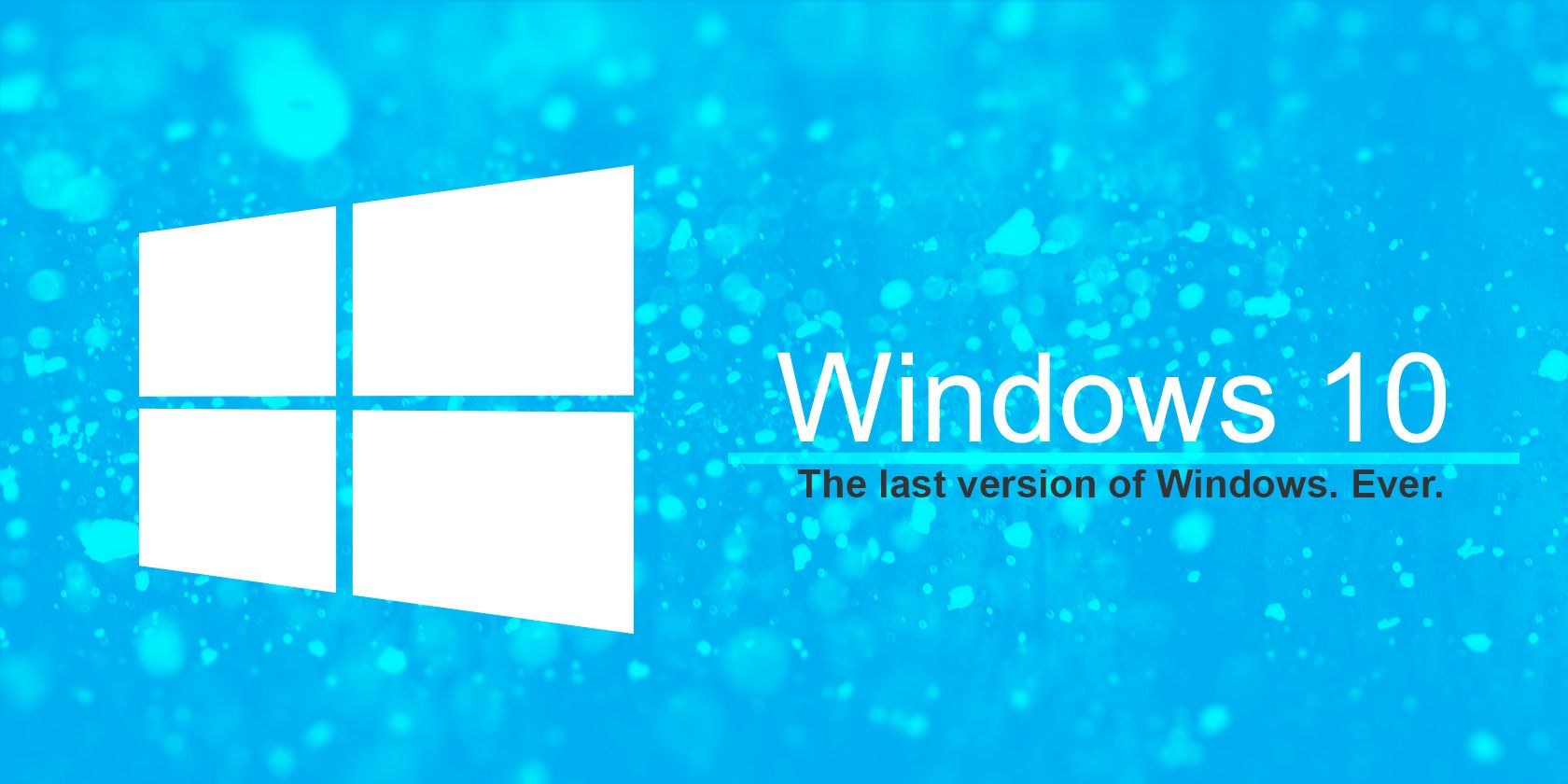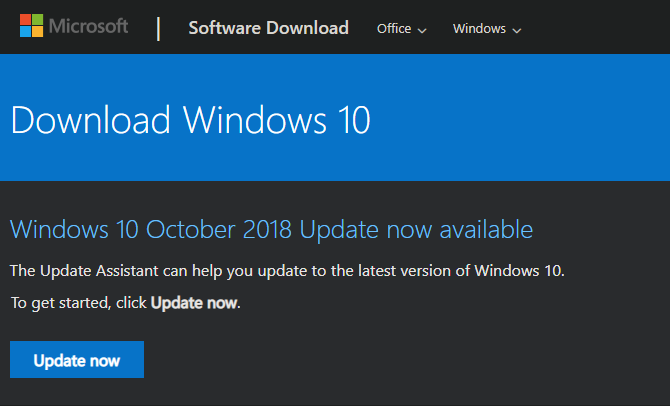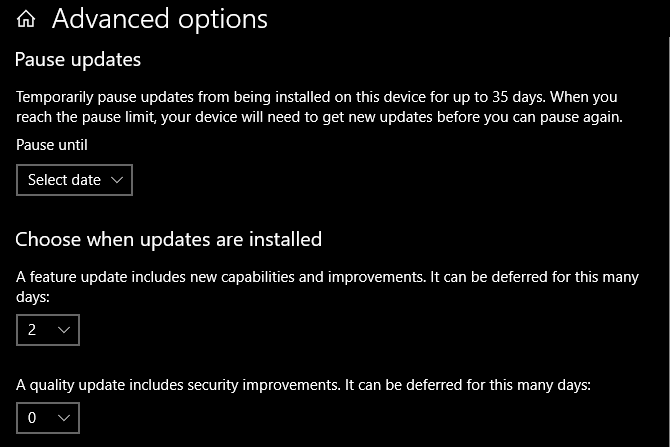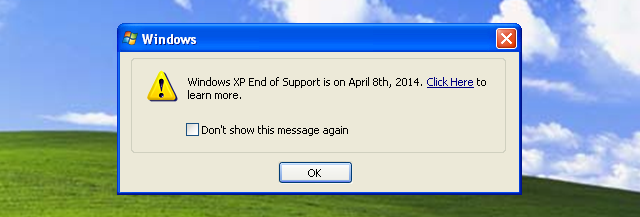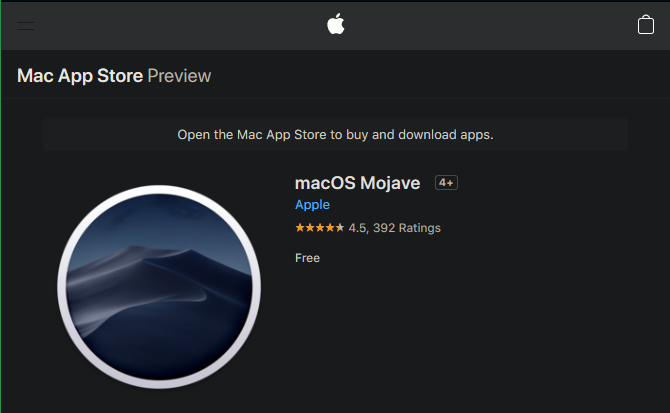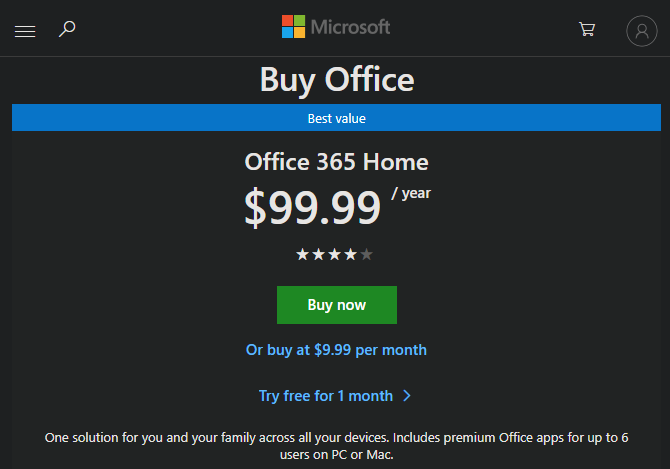Windows 10 marked a big change in the way Microsoft offers updates to Windows. No longer do you have to pay for operating system upgrades when a new version releases. Instead, everyone can upgrade to the latest version of Windows for free.
But this doesn't mean that the latest Windows version is so simple. Let's take a look at what the latest Windows 10 update is, how Windows 10 changed this game, and what we can expect looking forward.
What Is the Latest Version of Windows?
Technically speaking, Windows 10 is the newest version of Windows. But this is only part of the story, because Windows 10 regularly receives major updates that significantly change it.
For instance, at the time of writing, the current Windows 10 version is the May 2019 Update, which is version 1903. Microsoft typically releases two new feature updates to Windows 10 each year, aiming for March and September.
Note that in addition to major versions, Windows 10 has many different builds as well. See our guide on finding your Windows 10 version for more info and to see which one you're on.
How to Upgrade to the Latest Version of Windows 10
If you've realized you don't have the current Windows 10 version installed and want to update, it's not difficult. While it will eventually come via Windows Update (head to Settings > Update & Security > Windows Update to check), you can trigger the update right away by visiting Microsoft's Download Windows 10 page.
Here, simply click the Update now button and you'll download a small installer that starts the process. This will walk you through the update so you can get the latest version. Make sure you follow our tips for safely upgrading Windows 10 beforehand, though.
How Does Windows 10 Version Support Work?
It's important to note that you don't have to upgrade to the newest version of Windows 10 right away. Microsoft offers support for each major version for 18 months after it releases. And thanks to recent changes with the way Windows applies updates, you won't be forced to upgrade to the next version earlier than you want to.
Taking an example, this means that the May 2019 Update will receive support until December 2020. Even though new versions will (presumably) release in March and September of 2020, you can stay on the May 2019 update until December 2020, if you like. At that time, Windows will prompt you to install the latest version so you're not running an unsupported OS.
If you want to block future feature updates from installing, visit Settings > Update & Security > Windows Update and choose Advanced options. Under Choose when updates are installed, change the box under A feature update... to defer them for a number of days. The maximum is 365.
While it's a good idea to hold off on upgrading right away so you avoid any early release bugs, most people are best off updating to the latest version before long. They include new features that are often pretty handy---see our master list of new Windows 10 features to check some out.
When Did Windows 10 Come Out?
Windows 10 first launched to the public on July 29, 2015. Since then, it's seen several updates that have added new features, tweaked existing elements, and introduced quality of life changes.
Below is a brief Windows 10 version history list, including version numbers and common names. See Wikipedia's Windows 10 version history page for more info.
- Initial release (1507): July 29, 2015
- November Update (1511): November 10, 2015
- Anniversary Update (1607): August 2, 2016
- Creators Update (1709): April 5, 2017
- Fall Creators Update (1709): October 17, 2017
- April 2018 Update (1803): April 30, 2018
- October 2018 Update (1809): November 13, 2018
- May 2019 Update (1903): May 21, 2019
Note that version numbers refer to the year and month of intended release, so version 1903 was scheduled to launch in March of 2019.
Did you know that Microsoft has separate Windows releases for businesses? This special lineup is called Windows Server, and you won't find it in an online or offline store. Of course, Windows Server is different from Windows.
Why Microsoft Changed the Windows 10 Model
We've found out what the latest version of Windows 10 is, reviewed the history of Windows 10 versions, and know how the support lifecycle works. At this point, you may wonder why Microsoft switched to this model.
To answer this, we have to look at the history of Windows and how other platforms changed the model for OS updates.
The Old Model of Paying for OS Upgrades
Decades ago, buying an operating system upgrade was totally normal. Windows 95 cost $210 when it launched, and considering most home computers were at least $1,000 at the time, people were happy to spend even more to get the latest and greatest OS. Of course, Windows 95 was also a drastic improvement over Windows 3.1.
However, this expectation changed over time. Instead of getting excited for the newest Windows release, most people would instead buy a device and use whatever OS it came with until the computer stopped working. Why would you pay for an upgrade to Windows 7 when Windows XP works just fine?
This mindset infamously led to the long life and painful death of Windows XP. Microsoft supported it for 12 years, even after it released Windows Vista, 7, and 8. The company had to spend time and resources to come up with patches for an ancient OS, which millions of people kept using even after it was no longer supported.
This also causes a big problem for software developers. They have to keep every Windows version (which can differ wildly) in mind when creating programs. This can result in software not taking advantage of the latest Windows features, so as not to alienate those on older versions.
And in extreme cases, if a developer feels that creating software for Windows is such a hassle that it's not worth his time, he might decide to go elsewhere. A lack of great Windows apps makes Windows a less compelling platform, which Microsoft obviously doesn't want.
The result of people never paying to upgrade is fragmentation across Windows versions, which is a major issue for Microsoft. With the rise of mobile platforms, a better way became clear.
The Rise of Free Upgrades
Meanwhile, on mobile devices, new version upgrades are pretty much always free. When Apple releases a new version of iOS, everyone with a compatible device can download it on launch day at no cost. Android suffers from fragmentation with system updates, but you still don't have to pay to upgrade.
Apple has done this with the Mac platform for some time, as well. Years ago, the company used a similar approach to Windows---you had to pay to buy each new version of Mac OS X when it arrived. But since 2013, when the company released Mavericks for free, all Mac feature updates are free to anyone with a compatible device.
When companies make the latest updates available to everyone at no charge, they can more quickly deprecate older versions. As mentioned, people have an expectation that an OS will work for a decent amount of time after they've paid for it.
Even after 12 years, some people were still upset that Microsoft pulled the plug on Windows XP. But nobody really cares when Apple stops supporting a version of macOS from three or four years ago, because they've already upgraded for free. Meanwhile, app developers can be confident that the majority of users have the latest OS version, letting them take advantage of the new features more quickly.
How Does Microsoft Make Money Now?
You might wonder how Microsoft makes money if it's not selling Windows upgrades for $100 or more apiece. As it turns out, the company has many other sources of income.
Microsoft earns money when it sells Windows licenses to device manufacturers. Companies like HP and Lenovo have to pay Microsoft to put Windows on their devices, which you buy in the store ready-to-use. This is also the case with volume licensing, where large businesses pay money to run Windows on lots of computers and gain access to IT tools for deployment and other purposes.
Microsoft sells some hardware on its own, such as the Surface line of laptops. The company also shows ads in its Outlook webmail. And don't forget about Office, which is still widely popular and brings in regular money through Office 365 subscriptions.
Aside from these, Windows 10 enables other revenue sources for Microsoft. While the Windows Store isn't exactly the one-stop shop Microsoft hoped it would be, the company gets a cut of purchases made there. And Cortana's search sends you to Bing if she can't find an answer on your PC.
The Latest and Greatest: Windows 10
Windows 10 will continue to grow as time goes on. For the reasons discussed above, Microsoft doesn't have any motive to uproot the "Windows as a service" model it's set up. With the recent changes to forced updating, if they want to, Windows 10 users can stay on an older version for some time before upgrading to stay current.
There's one last hurdle to Microsoft Windows 10 vision: Windows 7. Its support ends in January 2020, so you need to upgrade if you're still using Windows 7.

